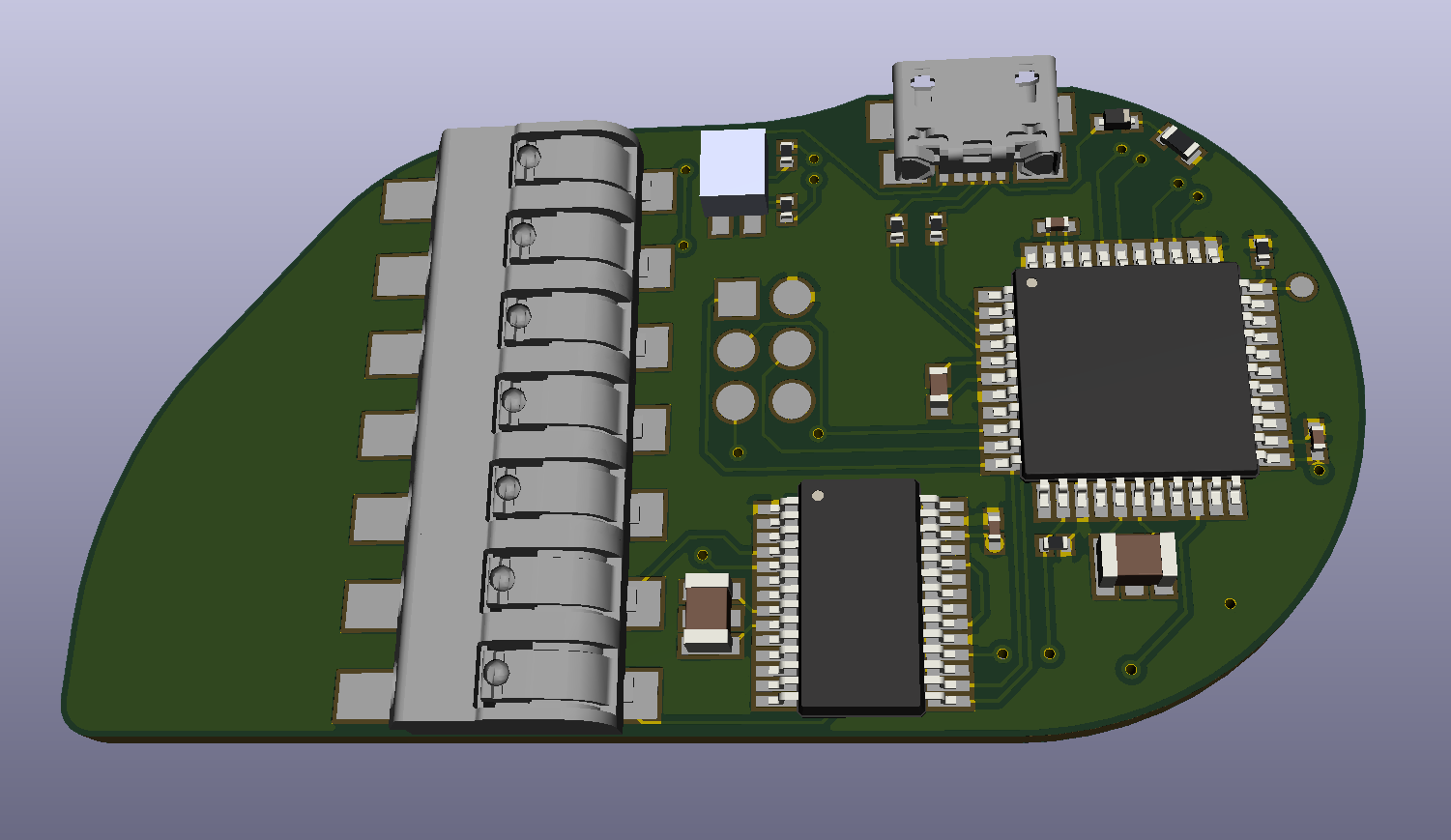Background: The first batch of Control Modules have been successfully putting in work and a small handful of customers reached out to let us know that certain calibrations in the Control Module programming have differed from their manufacturers' datasheets. Striving to understand, we dove in head first and quickly found the 5V sensor supply the Control Module is capable of supplying on the Input 1 Pin, while good for resistance based applications (Potentiometers, Throttle Pedals, etc.), sagged a bit when powering sensors. We saw voltages as low as 3.6V during testing with AEM, Link, and Haltech 3-wire Pressure Sensors.
The circuit that provides the 5V looks like this:

The 5V comes from the 12V to 5V voltage regulator (not shown), goes through a fuse (F2) for over-current protection, then through IC Switch (U6), and finally through two parallel resistors (R7) before. The R7 resistor combination provides over current protection in case that pin is used as an analog input, instead of the 5V sensor supply.
Now, any time voltage passes over a resistive component, there is a small voltage drop proportional to the current drawn, otherwise known as Ohm's Law (V = IR). Without getting into details (which can be obtained by emailing Programs@KaizenSpeed.com), we've realized that BOTH the F2 fuse and the R7 resistor components contributed to a significant voltage loss and thus provided the sensors with less than 5V. When used with Potentiometers or Throttle Pedals, TPS Sensors, etc, which all tend to be "high resistance", the current drawn in the circuit is VERY low, and so the voltage drop is very low from the 5V.
What does this mean for sensors powered from the 5V source? Well, fortunately, the 3 wire pressure sensors tend to be based on a strain gauge design, and so are just a ratiometric output of the input voltage. The calibrations the manufacturers' provide are based on a 5V input voltage, BUT if the sensor is powered by only 4V (20% lower), then the output will just be that much lower (20% across the range).
Moving forward: We are changing this circuit to provide a VERY STEADY 5V source, regardless of the type of load being supplied ;) More to come in future blog posts!

